(828 products available)



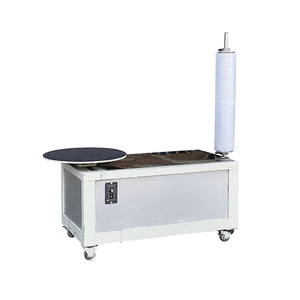









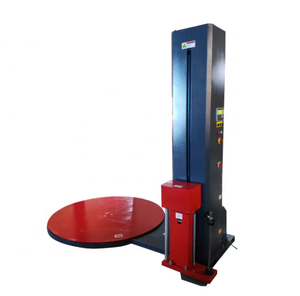





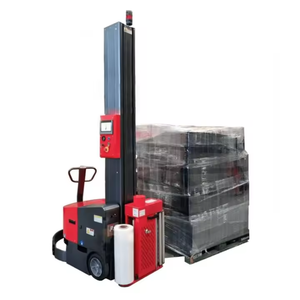





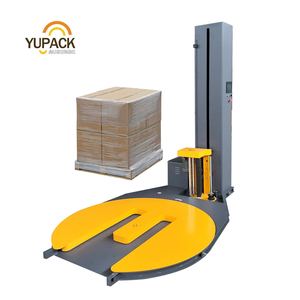

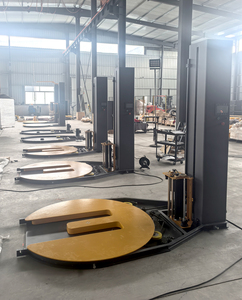














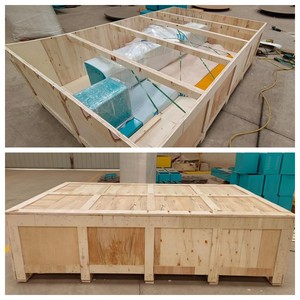



















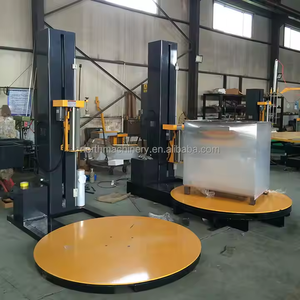


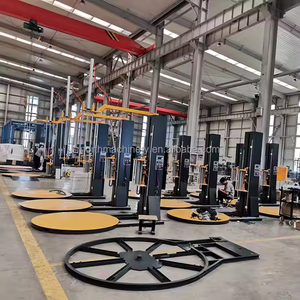


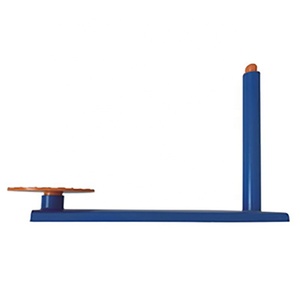



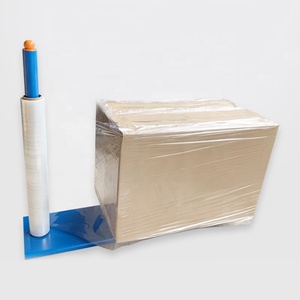
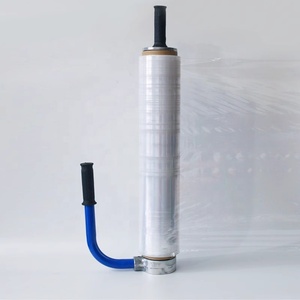


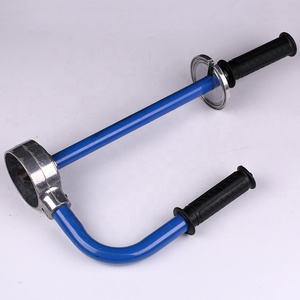



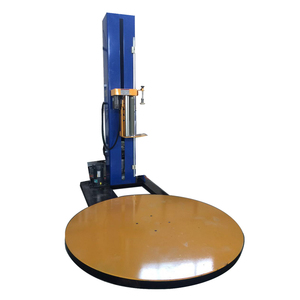

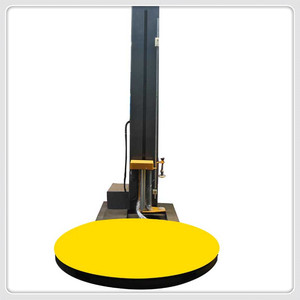









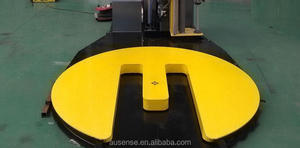



















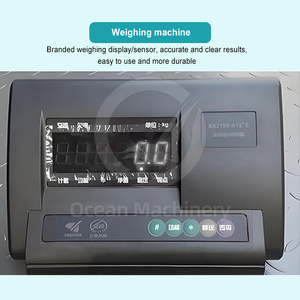
















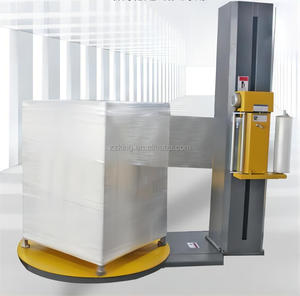
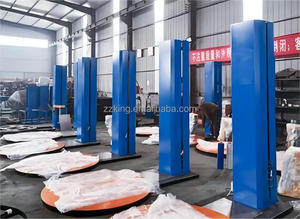






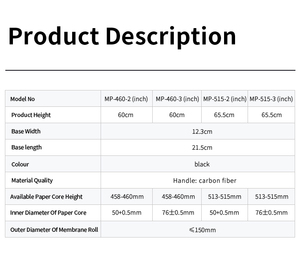







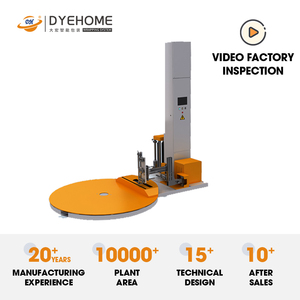















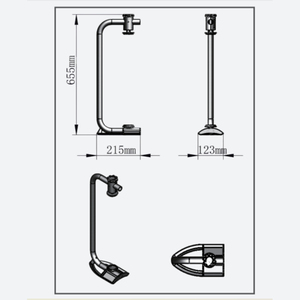






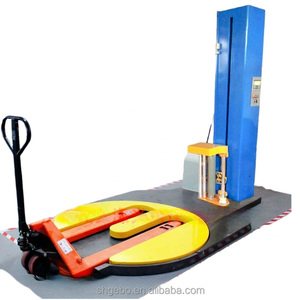

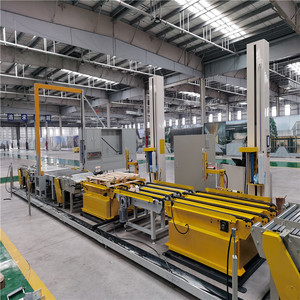
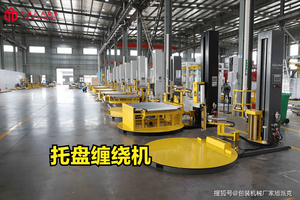









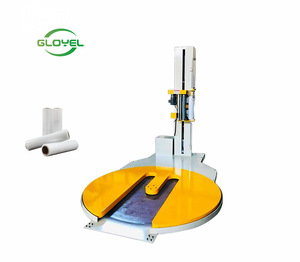
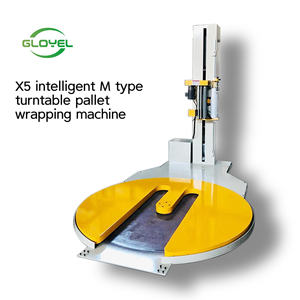













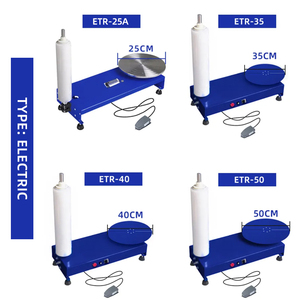













Market Overview: The global market for manual pallet wrappers is experiencing a steady growth trajectory, reflecting the increasing demand for efficient packaging solutions across various industries. According to Global Industry Analysts, the palletizing machinery market, a closely related sector, is projected to grow from $1.8 billion in 2023 to $2.3 billion by 2030, at a CAGR of 3.8%. This growth is partly driven by the retail and logistics sectors, which are increasingly adopting manual pallet wrappers to streamline their operations. The U.S. market alone is estimated to be valued at $473.8 million in 2023, indicating a robust regional demand that supports the broader market for manual wrapping solutions.
Consumer Behavior Shifts: As businesses prioritize efficiency and cost-effectiveness, manual pallet wrappers are becoming essential tools in warehouses and distribution centers. The rise of e-commerce has changed consumer expectations, pushing companies to enhance their packaging processes. Furthermore, shifts towards sustainability are influencing consumer preferences, prompting a demand for eco-friendly packaging materials in the manual pallet wrapper market. This trend aligns with the broader market dynamics, as evidenced by the pallet market's growth from $85.69 billion in 2023 to an anticipated $129.51 billion by 2030, reflecting a CAGR of 6.07% according to 360iResearch. Companies are increasingly focused on optimizing their supply chains, making the adoption of manual pallet wrappers a strategic choice to meet evolving consumer needs.
A manual pallet wrapper is a device that enables operators to wrap pallets tightly with plastic film manually. While many modern warehouses and distribution centers have automated pallet wrapping machines, manual wrappers are still used due to their affordability and ease of use in smaller operations. There are three common types of manual pallet wrappers used in various industries.
Strap Dispenser with Floor Stick:
This is one of the simplest and most effective manual pallet wrappers. It comprises a floor stick and a strap dispenser. Users can position the stick on the floor and start wrapping the pallet with the strap from the dispenser. Floor stick straps present a low-cost solution for wrapping pallets, and they are flexible enough to be used on different types of packages. Keeping this in mind, many pallet wrap manufacturers have included it as an optional product.
Manual pallet wrappers with film rolls and handles:
This pallet wrapper consists of an ergonomic handle and a plastic film roll. Users can hold the handle firmly and pull the film around the pallet. This wrapper offers great flexibility and control.
Manual turntable pallet wrappers:
This type of manual pallet wrapper comes with a turntable. Users have to wheel the package onto the turntable, where it will be held in place. While holding the film roll, they can start turning the turntable in the opposite direction. This will wrap the pallet tightly with the stretch film. Manual turntable pallet wrappers are easy to use and labor-efficient.
Manual pallet wrappers are designed to wrap pallets and other products tightly for secure transportation and storage. The following are key specifications and dimensions of manual pallet wrappers along with their maintenance requirements:
Wrap type:
The wrapping method used varies depending on the type of manual pallet wrapper. Strapping, stretch film, shrink wrap, pallet stretch wrap, or stretch wrap for pallet wrappers may be used around the item on the pallet. The wrapping type will also vary depending on whether the wrapping is done manually or automatically.
Wrap Size and Thickness:
Both manual and automatic wrappers come in various sizes and thicknesses. The size may range from 12 to 20 inches wide and is usually 80 to 100 gauges thick. The size and thickness are chosen depending on the weight of the items to be wrapped and the strength required.
Core Size:
The core size is the internal diameter of the roll of film. It is normally between 3 and 6 inches. A larger core size is typically used if the wrap is to be used with a wrapping machine.
Box Count:
The number of boxes that can be filled with a roll of film is known as the box count. This is used to determine the cost per unit of film.
Cardboard Interleaf:
This is a layer of cardboard placed between wraps of film. It is usually used to protect an item or part from dirt or dust but can also be used to protect film from tearing.
Turntable:
A manual pallet wrapper with a turntable allows the item to be wrapped while rotating. The diameter of the turntable is usually between 30 and 40 inches, and the height is about 5 inches.
Wrap Pull:
With some manual pallet wrappers, users have to pull the wrap around the item to wrap it. The pull-down mechanism, which makes it easier to pull down the wrap, is known as wrap pull.
Wrap Dispenser:
This is a physical container where the wrap is stored. It is used to hold the wrap when not in use and make it easier to access when needed.
Maintenance:
To keep manual pallet wrappers functioning properly for a long time, routine maintenance is required. The maintenance typically includes cleaning the wrappers thoroughly, lubricating any moving parts, and inspecting the wrapper for any damage.
Pallet wrappers have different uses in various industries. Here are some of their most common applications:
Safeguarding Products
Pallet wrappers are handy in packaging products to guard against theft, breakage, and tampering. They create a transparent cling-film shield around the products, allowing inbound and outbound stock to be viewed while preventing unauthorized access or damage.
Pallet Stabilization
Wrapping pallets helps to stabilize the individual boxes and items on the pallets. The film applies pressure to the packaging boxes, making them less likely to tip over or shift while being transported.
Dust and Moisture Protection
Pallet wrappers can create a covers for pallets that provides protection against moisture and dust. The wrap acts as a barrier, preventing water and debris from damaging the items on the pallet. This application is particularly valuable for maintaining product integrity in warehouse and outdoor settings.
Cross-Docking Operations
Cross-docking is a logistics technique in which products are transferred directly from inbound to outbound transportation with minimal handling and inventory. Pallet wrapping is used to secure pallets of incoming goods to cross-docking and subsequently wrap pallets of outgoing products. This helps to expedite the process, enhance efficiency, and maintain the quality of goods during transit.
Product Segregation and Identification
Product separation and identification are dynamic functions in busy warehouses. Pallet wrappers are used to segregate different products or orders by wrapping distinct pallets. The wrapped pallets can be easily identified and sorted, facilitating faster picking, packing, and shipping processes.
Protecting Materials in Transit
Materials are often transported from one location to another. Pallet wrapping is used to secure and protect materials during transit, enhancing their safety and minimizing the risk of damage. Whether it's raw materials for production or inventory items, pallet wrapping ensures that materials arrive at their destination in optimal condition.
Bundling and Grouping
Pallet wrappers are not just for pallets anymore. They are also used to bundle and group together smaller items that are not in box form. The wrap is used to create bundled packages, making it easier to handle, transport, and distribute multiple units of individual items.
Business buyers with specific product requirements may consider the following factors when choosing a manual pallet wrapping machine for their business.
Packaging requirements analysis
Analyzing the packaging requirements first is critical to selecting the suitable manual pallet wrapper. Buyers need to consider factors such as the size, weight, and shape of the items that need to be wrapped, as well as the wrapping materials and techniques required. By understanding their specific packaging needs, buyers can determine the features and capabilities of the manual pallet wrapper that will best meet their requirements.
Ergonomics and ease of use
When selecting a manual pallet wrapper, it is essential to consider ergonomics and ease of use. Choose a wrapper that is designed with ergonomic considerations to minimize operator fatigue and discomfort during wrapping operations. Look for features such as adjustable height and stability that allow for safe wrapping without the need for assistance. Additionally, select a manual pallet wrapper that is easy to operate, with straightforward wrapping techniques and intuitive wrapping controls. Opting for a manual pallet wrapper that prioritizes ergonomics and user-friendliness can significantly enhance productivity and efficiency in packaging operations.
Cost considerations
Cost considerations play a crucial role in selecting the appropriate manual pallet wrapper for business needs. It is important to assess the long-term cost implications of the chosen wrapper by taking into account factors such as maintenance expenses, repair costs, and the potential impact on productivity. Investing in a high-quality manual pallet wrapper that may have a slightly higher upfront cost can lead to greater durability and reliability, ultimately reducing the likelihood of frequent repairs and maintenance requirements. Consider the balance between initial investment and long-term cost-effectiveness to make a financially sound decision for the business.
Safety features
When selecting a manual pallet wrapper, it is crucial to prioritize safety features. Opt for a wrapper that is equipped with safety elements to protect operators from potential hazards. Such as adjustable wrapping speeds to accommodate different items and prevent accidents. Additionally, consider wrappers with safety guards and emergency stop buttons to mitigate risks. By choosing a manual pallet wrapper with comprehensive safety features, both operators and the overall packaging workflow can be safeguarded.
Q1: Which is better a manual or automatic pallet wrapping machine?
A1: An automatic pallet wrapper offers greater efficiency and higher output than a manual wrapper. If the budget allows for it, an automatic wrapper is a more suitable choice for intensive pallets wrapping. However, an automatic wrapping machine may not be affordable for all businesses. Manual wrappers provide a more cost-effective alternative for dealing with fewer pallets.
Q2: Are manual pallet wrappers safe to use?
A2: Yes, pallet wrappers manual are safe to use. They are designed in such a way to reduce the risk of workplace injury. Stretch films are used to wrap the pallet and not the operator. Manual wrappers come with a hold-down film car to prevent slicing and pulling hazards. Operators unwrap the hold-down car instead of the entire film roll.
Q3: What kinds of pallets are manual pallet wrappers used for?
P3: Manual pallet wrappers are used for all kinds of pallets. They are the ideal packaging for products such as wood, panels, glass, metal, tile, etc., that need stabilization and protection during storage and transit.